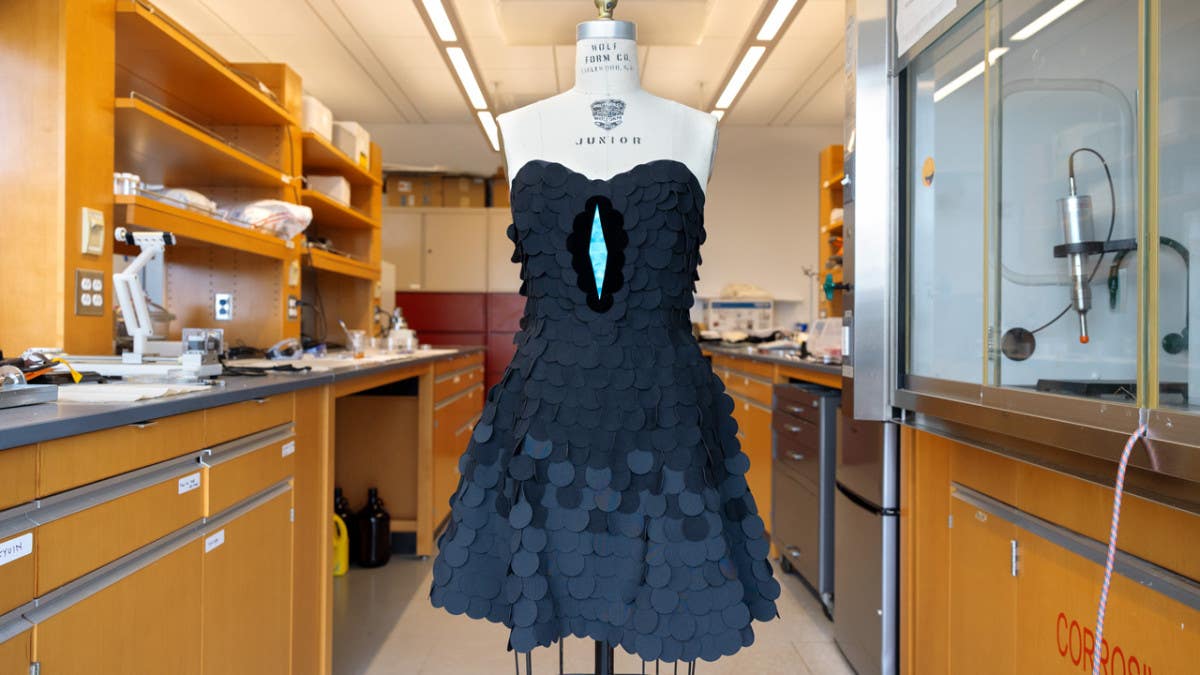Waist Not, Want Not: New Discovery on Belly Fat and Diabetic Risk Connection
Conventional wisdom holds that storing fat around your belly puts you at increased risk for type 2 diabetes.

[July 28, 2023: Josh Barney, University of Virginia Health System]
Conventional wisdom holds that storing fat around your belly puts you at increased risk for type 2 diabetes. (CREDIT: Getty Images)
Conventional wisdom holds that storing fat around your belly puts you at increased risk for type 2 diabetes. But surprising new findings from the University of Virginia School of Medicine suggest that naturally occurring variations in our genes can lead some people to store fat at the waist but also protect them from diabetes.
The unexpected discovery provides a more nuanced view of the role of obesity in diabetes and related health conditions. It also could pave the way for more personalized medicine – treatments tailored to the individual. For example, doctors might prioritize weight loss for patients whose genes put them at increased risk but place less emphasis on it for patients with protective gene variants, the researchers say.
“There is a growing body of evidence for metabolically healthy obesity. In this condition, people who would normally be at risk for cardiovascular diseases and diabetes because they are obese are actually protected from adverse effects of their obesity. In our study, we found a genetic link that may explain how this occurs in certain individuals,” said researcher Mete Civelek, PhD, of UVA’s Center for Public Health Genomics. “Understanding various forms of obesity is important to tailor treatments for individuals who are at high risk for adverse effects of obesity.”
As medicine grows more sophisticated, understanding the role of naturally occurring gene variations will play an important role in ensuring patients get the best, most tailored treatments.
Related Stories:
The new work by Civelek and his team, for example, indicates that variants can simultaneously predispose some people to store fat at the abdomen – thought to put them at increased risk for a cluster of health problems called metabolic syndrome – while also protecting them from type 2 diabetes. (Metabolic syndrome raises the risk for diabetes, stroke and other serious health issues.)
One of the metrics doctors use to determine if a patient has metabolic syndrome is abdominal obesity. This is often calculated by comparing the patient’s waist and hip measurements. But Civelek’s research suggest that, for at least some patients, it may not be that simple. In the future, doctors may want to check a patient’s genes to determine how to best guide the person down the road to good health.
“We found that among the hundreds of regions in our genomes which increase our propensity to accumulate excess fat in our abdomens, there are five which have an unexpected role,” said Yonathan Aberra, the lead author of the study and a PhD candidate at UVA’s Department of Biomedical Engineering, a joint program of the School of Medicine and School of Engineering. “To our surprise, these five regions decrease an individual’s risk for type 2 diabetes.”
In addition to producing surprising findings, Civelek’s research provides important new tools for his fellow researchers seeking to understand the complexities of gene variations.
The sophisticated approach Civelek and his collaborators developed to identify the relevant variants and their potential effects will be useful for future research into metabolic syndrome and other conditions.
The tools could also prove invaluable in the development of new and better treatments for metabolic syndrome, the scientists say.
Discordant variant rs6752964 is associated with pleiotropic effects on gene 472 regulation in multiple tissues. LocusCompare plot of associations with rs6752964 for (A) waist-to-hip 473 circumference adjusted for the body mass index (WHRadjBMI) genome-wide association studies (GWAS) with 474 T2DadjBMI GWAS, (B) T2DadjBMI GWAS with adipose tissue expression quantitative trait loci (eQTL), and 475 (C) WHRadjBMI GWAS with adipose tissue eQTL. (D) The proposed model reconciles the metabolic 476 discordance observed in 2p21 with the associated lead variant rs6752964. (CREDIT: BioRender.com)
“We now need to expand our studies in more women and people from different genetic ancestries to identify even more genes that underlie the metabolically health obesity phenomenon,” Civelek said. “We plan to build on our findings to perform more experiments to potentially identify a therapeutic target.”
The researchers have published their findings in the scientific journal eLife. The paper is open access, meaning it is free to read.
The research team consisted of Yonathan Tamrat Aberra, Lijiang Ma, Johan L.M. Björkegren and Mete Civelek. The researchers have no financial interest in the work.
The research was supported by the National Institutes of Health’s National Institute of Diabetes and Digestive and Kidney Diseases, grant R01 DK118287; the National Heart Lung and Blood Institute, grant T32 HL007284; the American Diabetes Association, grant 1-19-IBS-105; and the National Science Foundation’s Louis Stokes Alliances for Minority Participation Bridge-to-the-Doctorate Virginia-North Carolina Alliance Fellowship.
Note: Materials provided by University of Virginia Health System. Content may be edited for style and length.
Like these kind of feel good stories? Get the Brighter Side of News' newsletter.



